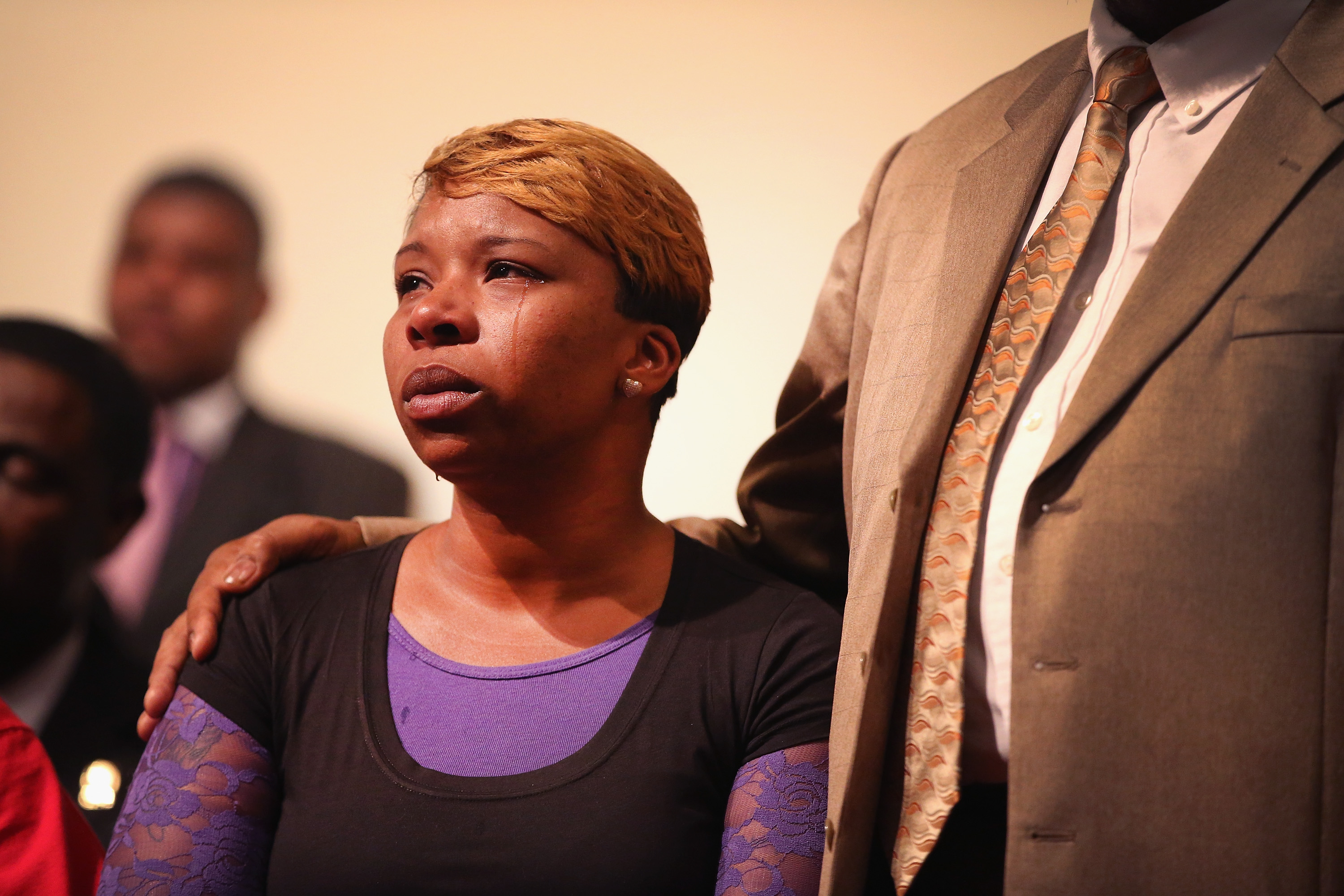A one-chart summary of every Ferguson eyewitness's grand jury testimony
This great PBS NewsHour chart shows an analysis of the eyewitness testimony provided to the grand jury that investigated the shooting of Michael Brown in Ferguson, Missouri.
The chart shows many contradictions between some eyewitnesses — and lots of questions that went unanswered in different interviews.
There are two key points of near agreement: Brown was facing Ferguson Police officer Darren Wilson as he was fired upon, and Brown did have his hands up during his final moments.
St. Louis County Attorney Robert McCulloch has questioned the validity of the eyewitness testimony. During a Monday night press conference, McCulloch said some of the witnesses changed their stories, and that the physical evidence disproved some of their claims.
Vox's Amanda Taub explained why this was so unusual for a prosecutor who has full control of the evidence presented to a grand jury:
If McCulloch believed that this evidence was not credible, then why did he present it to the grand jury? It is perhaps understandable that he would have presented evidence with only minor credibility issues, in order to let the grand jury evaluate it. But McCulloch referenced "witnesses" who had only heard about the shooting from their neighbors, or from the media. It is hard to imagine a reason why it would have been reasonable to present that evidence to the grand jury.And if McCulloch didn't present that testimony to the grand jury, then why discuss it during the press conference? What would be the purpose of bringing it up at all? By attacking the credibility of the eyewitnesses to the shooting, most, if not all, of whom had been publicly critical of Wilson, McCulloch gave the impression that he was acting as an advocate for Wilson.
Whatever the case, the grand jury also didn't appear to buy into the testimony of the eyewitnesses — and they ultimately decided to let Wilson go without a trial.
Related:

/cdn0.vox-cdn.com/uploads/chorus_asset/file/2495742/table-finalfinalup4.0.png)
No comments:
Post a Comment